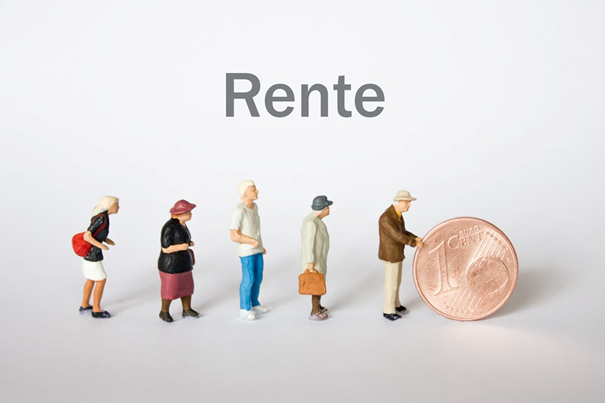
Does real estate investment make sense?
Property ownership is in many cases a sensible investment. It is a smart move to spread one's own assets while lowering the risk and even raising the average return at the same time.
Real estate stocks, bonds and funds
Real estate stocks are exchange traded securities of companies whose business model is the management of housing, the ownership and rental of real estate and / or the trading of real estate. This is a big market, because Chinese investors are pushing into the German market and it causes the soaring prices.
These companies also issue bonds, which are called real estate bonds, if they have been issued to finance a real estate project; sometimes also as a real estate capital investment with 100% collateralization.
Real estate funds invest their investors’ money into multiple real estate stocks; and real estate ETFs creats various indexes of real estate stocks.
Invest in real estate with crowd-investing
With crowdfunding everyone can invest directly in real estate. Crowdfunding offers crowd investors unique benefits and opportunities. However, it is important to note the special features and risks of this form of financing.
Why crowdfunding is interesting for project developers
When financing real estate projects, banks expect the project to have at least 20% equity. Crowd-investing offers project developers the opportunity to raise so-called mezzanine capital through the crowd with subordinated loans. This represents a hybrid of equity and debt capital. From the bank's point of view, subordinated crowdfunded capital is equity, which provides additional security for the bank. As a result, the bank's loan claim ranks ahead of the demands of the crowd investors.
Benefits for crowd investors
Return
For crowd investments in real estate, crowd investors expect a return of between 4-8%.
Transparent and direct financing model
In contrast to most real estate funds, the investor knows exactly which property his money is put into. As a result, crowd investors have the opportunity to follow the construction progress of the project directly.
Risk spreading
A big advantage of crowdfunding is that you can participate with relatively small investment sums. This allows crowd-funders to build a broad portfolio and thereby spread the risk.
Comparatively short terms
Compared to start-up investments, the capital of crowd-real estate loans is usually with shorter bind (often times between 1-3 years).
Lower costs
The cost of crowdfunding projects is much lower than most real estate funds. These cost advantages can be passed onto investors in the form of higher interest rates.
What crowd investors should pay attention to
Risk of total loss
Most crowd-investments are subordinated, which means that the demands of the crowd are subordinated to the demands of the bank. For real estate projects, there is a risk that the construction costs may be higher than planned or the property cannot be sold at the planned price. As a result, the subordinated loan of the crowd investors cannot be refunded.
No influence over the project
The crowd investors usually have no say.
Early termination is not possible
Investors should be aware that, apart from an unusual right of termination in the event of a performance disruption, the loans are generally unable to be cancelled over the term of the contract.
Our tips for real estate investments
Trust as basis
The basic feeling should be right for every investment. Crowd investors should look at the "track record" of the project developers (how many real estate projects have the developers successfully achieved?).
Don't blindly follow the crowd
One should not let oneself get carried away by the "intoxication of the herd", but consider whether the investment makes sense.
To understand the "real estate case"
What important is your own conviction that the real estate project is properly set up; it needs to raise the planned costs for construction in order to profit from selling it.
- Team: are the project developers trustworthy? Do they possess the necessary experience and qualifications?
- Location: Does the property have the potential to achieve the planned purchase price?
To understand investment conditions
It is important to understand the conditions in which you invest. A risk-reward comparison helps the decision making, whether the investment conditions are perceived as fair or not.
- Risk- opportunity comparison: Is the promised return healthy when comparing to the risk?
- Are the investment costs associated with the investment? If so, are they fair and understandable?
Be prepared of total loss
Do not invest more than you can handle if you lose. Better build a broad portfolio with smaller investments to spread the risks.






